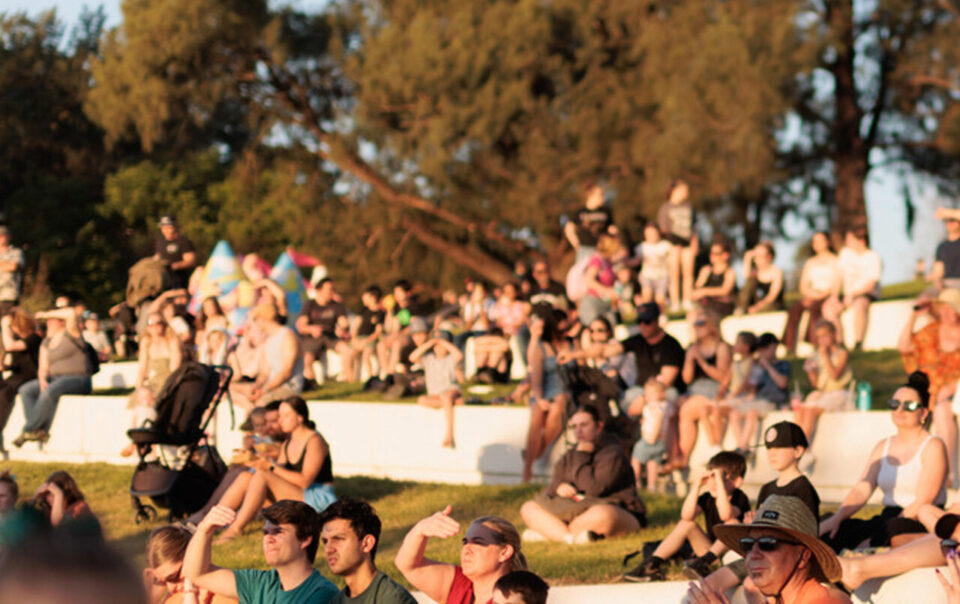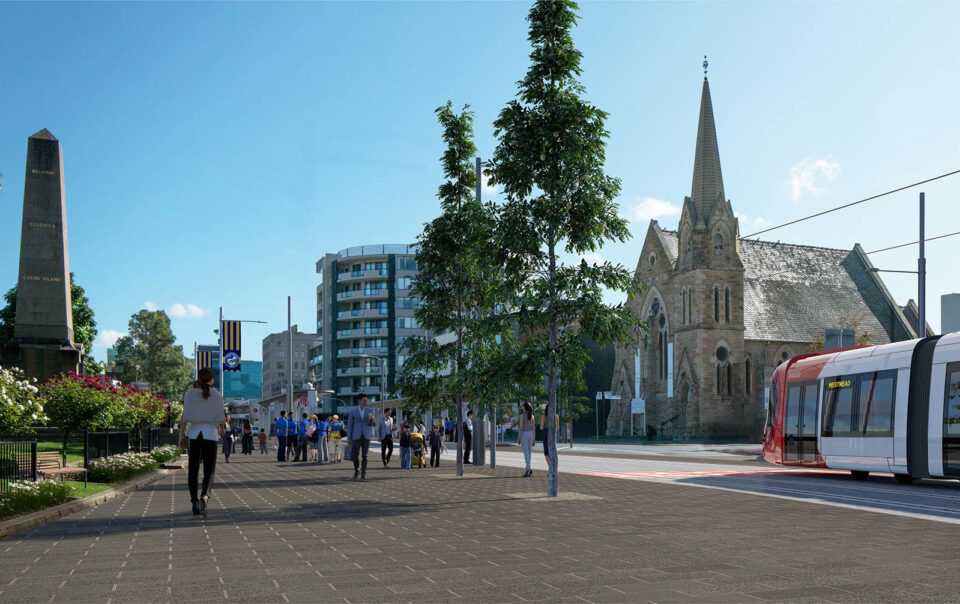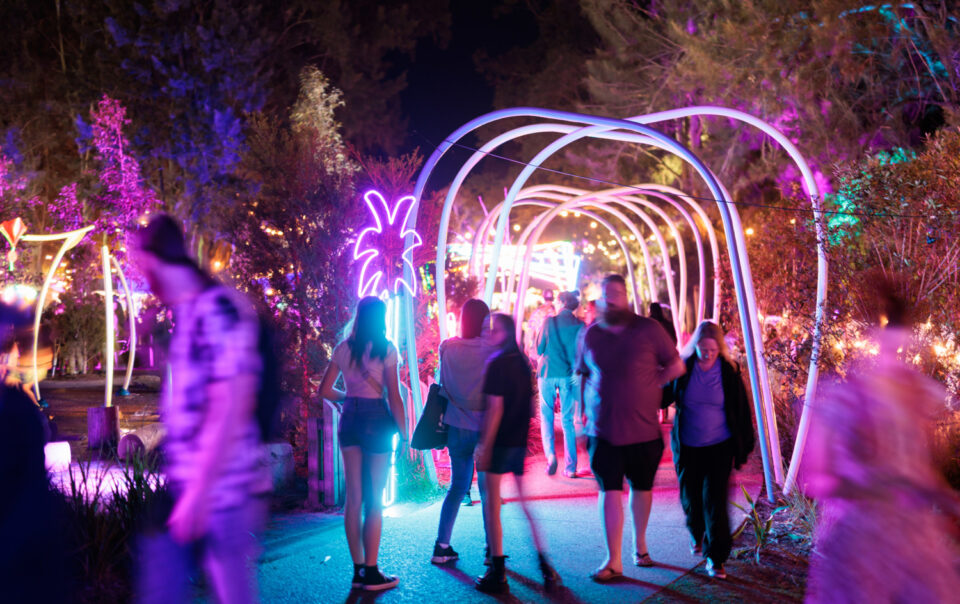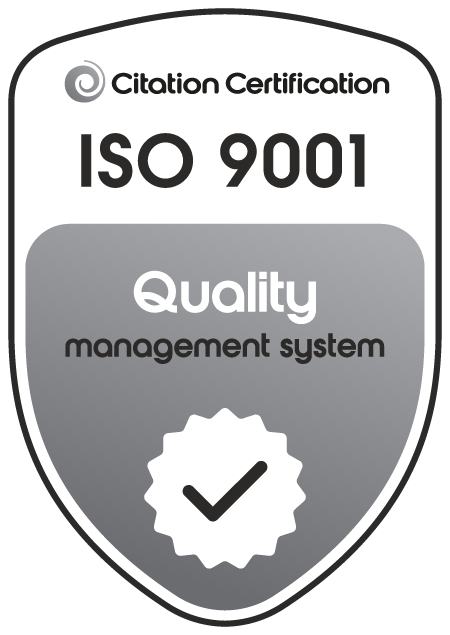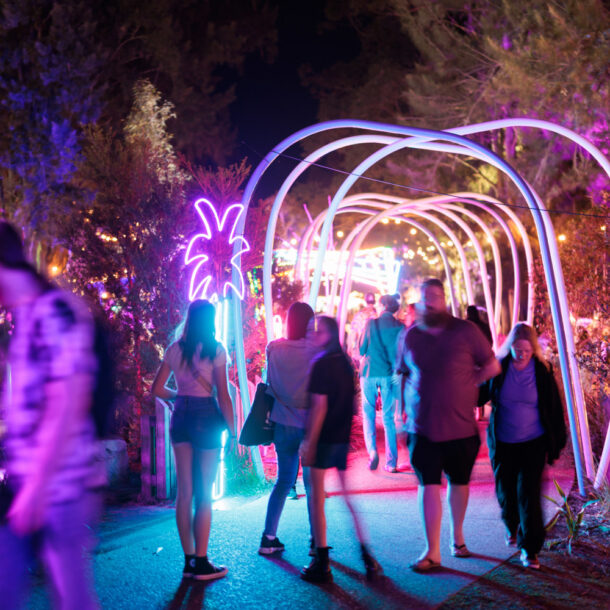
Designing for a city with a deep connection to the water: Reconnecting Sydney to its waters with equity, safety, and place
As Sydney settles into the quiet of mid-winter, the memories of summer linger — shimmering heat, crowded shorelines, and the magnetic pull of water that defines so much of life in this city. From the iconic sweep of Circular Quay to the winding reaches of the Nepean and Hawkesbury Rivers, Sydney’s urban form continues to evolve alongside its watery edges.
But the season also brought a sobering reality: drowning deaths across Australia rose again in early 2025, continuing a concerning trend from recent years. Many of these tragedies were preventable — not the result of recklessness, but of persistent gaps in access, information, and design.
This is a critical moment for landscape architects, urban designers, and placemakers.
We must ask: how can we better design for water? How can we create public spaces that not only reconnect communities to aquatic environments but also do so with safety, equity, and a deep cultural awareness?
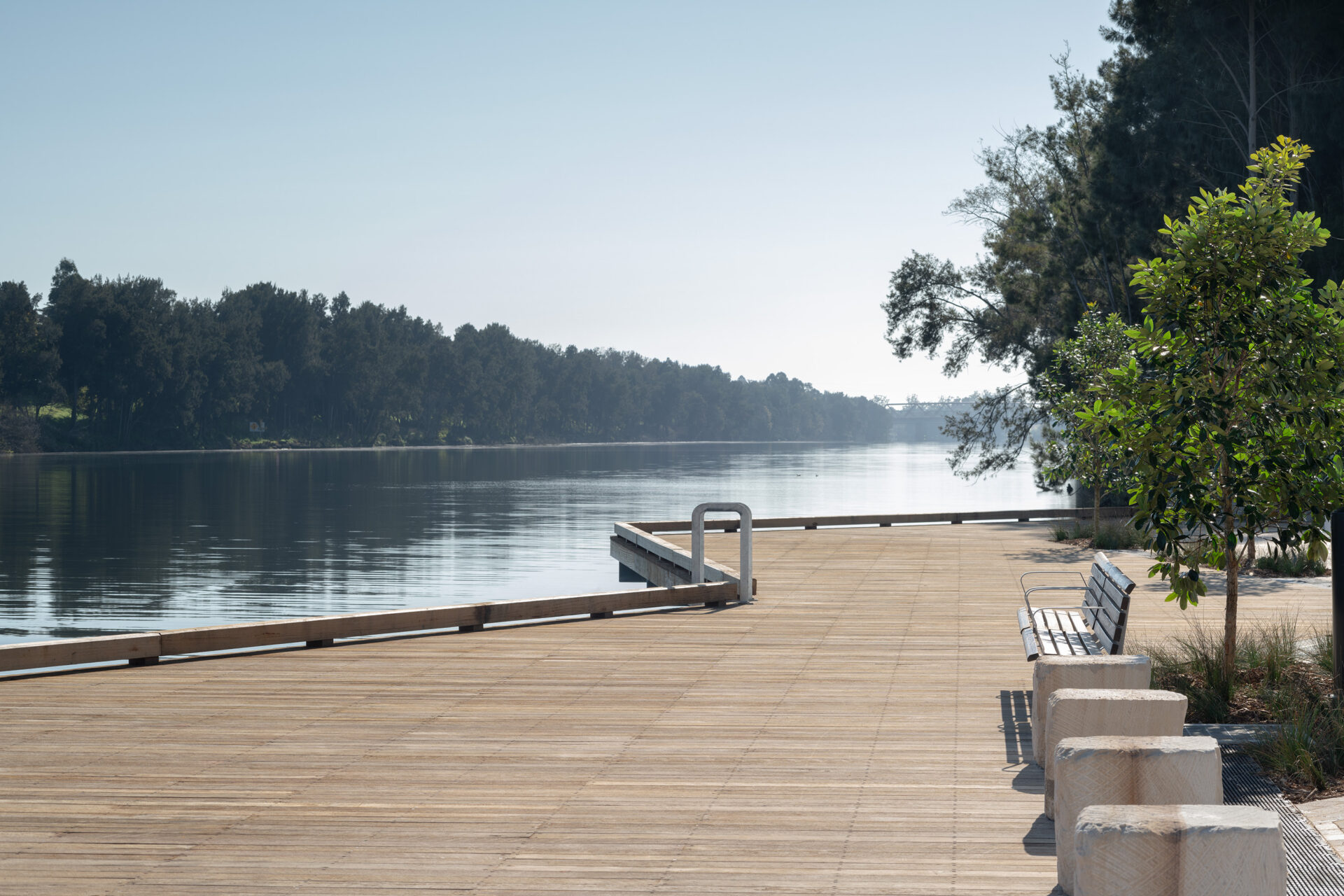
CONTEXT has been collaborating with state and local governments, offering a compelling vision of how well design places can improve not only the place but rather provide equity and safety to Sydney waterways.
Through projects like Tench Reserve, and Macquarie Park in Windsor, we’re seeing the emergence of a new approach—one that is inclusive, immersive, and deeply responsive to place.
.
The Summer We Just Had: Beauty and Risk in Equal Measure
Sydney’s summer of 2024–25 was marked by a dramatic mix of extremes. With temperatures spiking above average and urban heat island effects intensifying in western Sydney, our city’s aquatic spaces were in high demand. Beaches were packed, rivers busy, and swimming spots saw record visitation.
But this demand came with consequence. The Royal Life Saving Society reported a concerning rise in drownings across Australia—especially in rivers, creeks, and inland waterways. Alarmingly, western Sydney and regional areas saw disproportionate risk, largely due to lack of formalised access, absence of supervision, and poor water literacy.
As urbanisation pushes populations further inland and climate extremes grow more intense, the role of designed, safe aquatic places becomes ever more vital.

Designing with Water: Sydney’s Cultural and Urban Identity
Water is more than a backdrop in Sydney—it’s foundational. First Nations people, have maintained spiritual, cultural, and subsistence connections with its waterways for millennia. Their knowledge systems emphasise stewardship, seasonal rhythms, and deep respect for aquatic places.
Modern Sydney, while often celebrated for its beaches and waterways, has struggled to provide equitable access to these assets—especially for culturally diverse, economically disadvantaged, or geographically remote communities. For many, the iconic coastal lifestyle is out of reach.
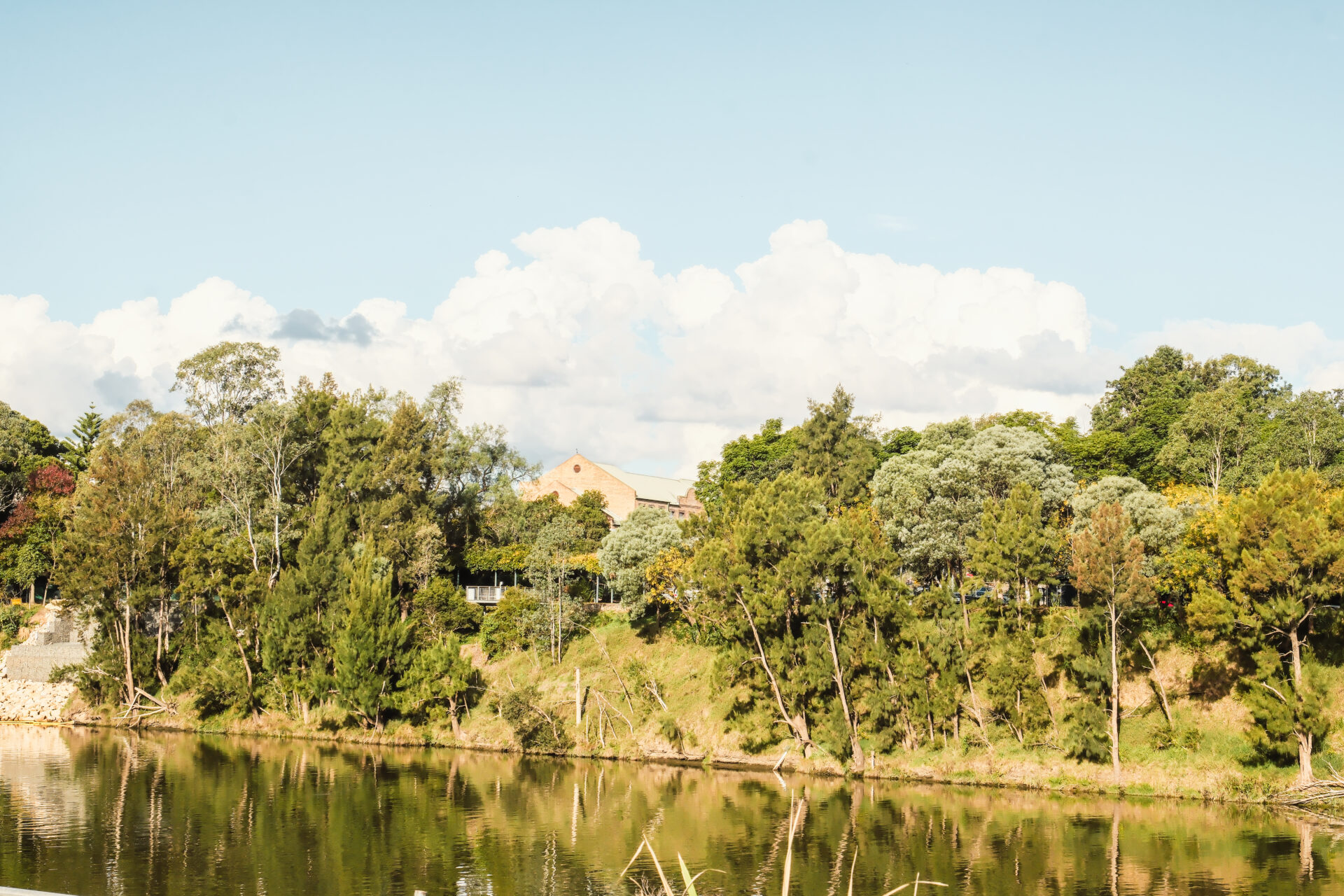
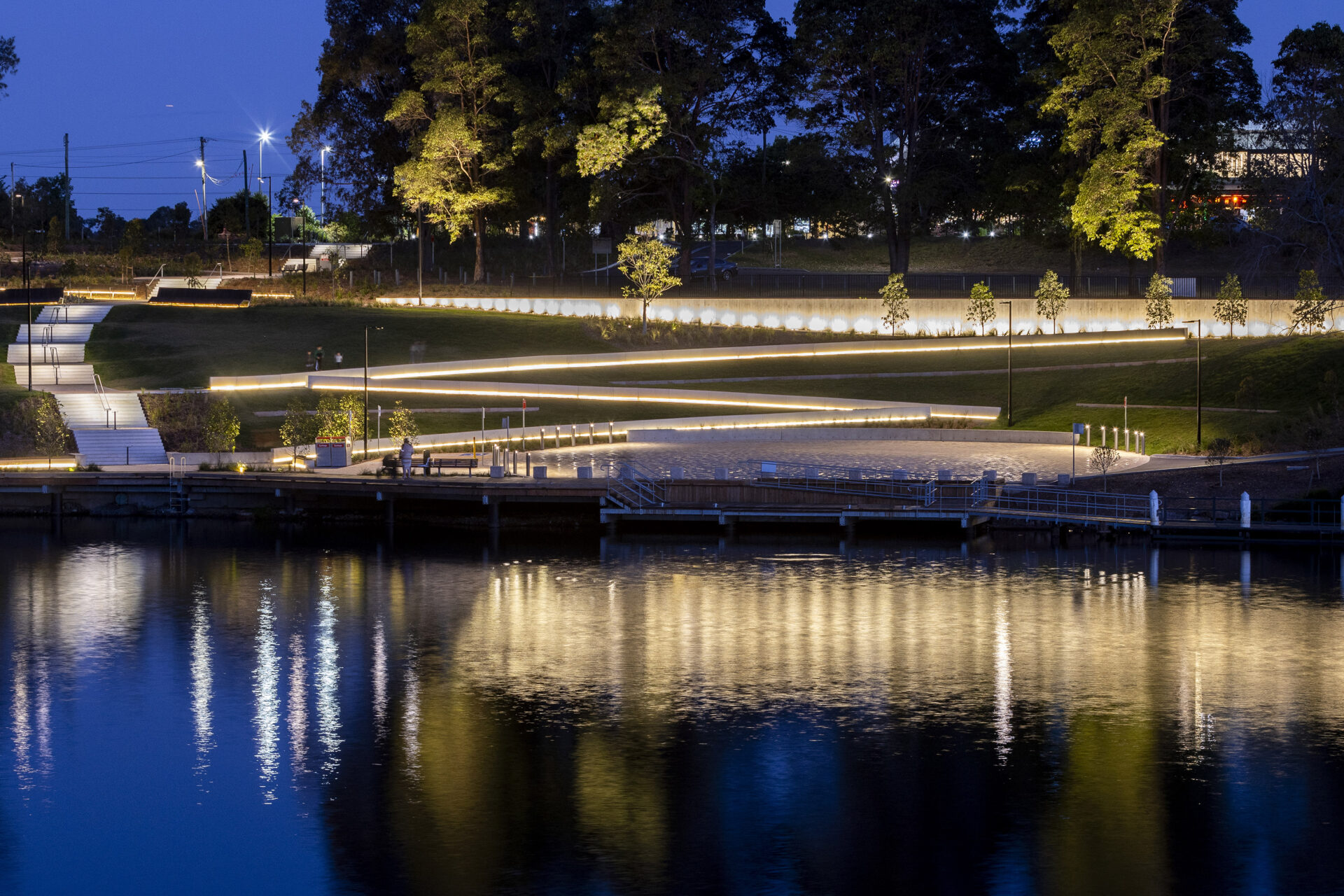
This is where public domain design comes in.
Landscape architects, Urban designers, and placemakers are uniquely positioned to bridge this divide—by crafting environments that facilitate safe, inclusive, and meaningful water experiences. It’s not just about Sydney’s iconic beaches.
We must look beyond the Instagrammable coastlines and recognise the untapped potential of Sydney’s rich network of rivers and estuaries. These inland waterways are vital assets for our growing communities—particularly in Western Sydney—where equitable access to swimmable, well-designed public spaces is both a social and environmental imperative.
Equity by Design: Making Water Access Inclusive
One of the fundamental realities we must acknowledge is that not everyone grows up learning how to swim—and not everyone feels safe or welcome around water. Barriers to swimming can be cultural, physical, geographic, or economic. For many communities, particularly those in inland or underserved areas, access to safe, well-designed places to swim is limited or non-existent. As designers, this presents both a challenge and a responsibility: to ensure that public access to water is inclusive, equitable, and tailored to the diverse needs of the people who use it.
For some people, access to water may be culturally unfamiliar or physically intimidating. Traditional water access points may not accommodate the diverse needs of all users. And for communities in Western Sydney, the nearest swimmable water may be a long, hot train ride away.
This inequity is not just inconvenient, it’s dangerous. Research shows that people who lack safe, supervised places to learn and practice swimming are more likely to engage in risky behaviour in informal or unsafe locations.
While the natural beauty of a riverbend or harbour edge may be visually compelling, safe and inclusive access doesn’t happen by accident, it must be thoughtfully designed. The challenge lies in creating welcoming, functional spaces that offer a strong sense of place for all users, while honouring the unique character, ecology, and cultural significance of each site. Good design doesn’t dominate or diminish these landscapes—it works in harmony with them. Our responsibility as designers is to ensure that, in making these places safer and more accessible, we also preserve and celebrate their natural essence.

Design in Practice: Grounded, Local, and Leading by Example
The vision of equitable, safe, and meaningful water access comes to life through built work—and CONTEXT’s recent projects across Greater Sydney offer tangible examples of how this vision can be realised. These projects translate the principles of the Places to Swim guidelines and local government grant initiatives into real, activated places that serve the needs of diverse communities while strengthening their connection to the water.

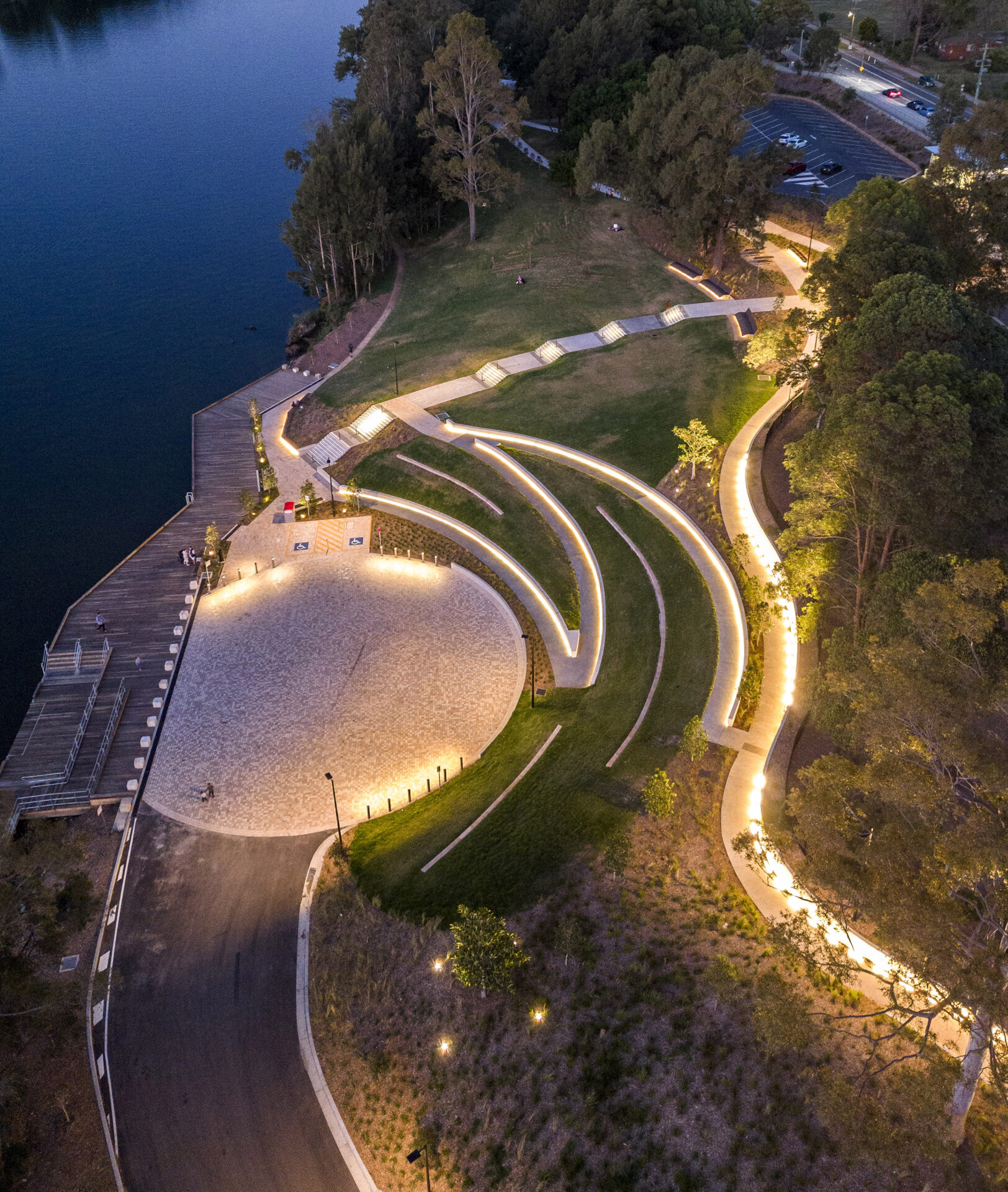
Tench Reserve, Nepean River Parklands: Reconnecting People to the River
Western Sydney has long been underserved when it comes to high-quality, inclusive public spaces that embrace water. At Tench Reserve, CONTEXT—working with the Department of Planning, Housing and Infrastructure—delivered a design that strengthens the community’s connection to the Nepean River, without relying on formalised swim access.
Key features include:
- A new river-edge promenade and path network that brings people closer to the water
- Shaded picnic areas, rest points, and gathering spaces for families and groups
- Informal access points designed to encourage interaction with the river’s edge
Tench Reserve is more than just a corridor along the river—it’s a destination where people can walk, sit, play, reflect, and connect with the water in ways that are safe, accessible, and meaningful. It supports everyday rituals of being around water, even when swimming isn’t the focus.
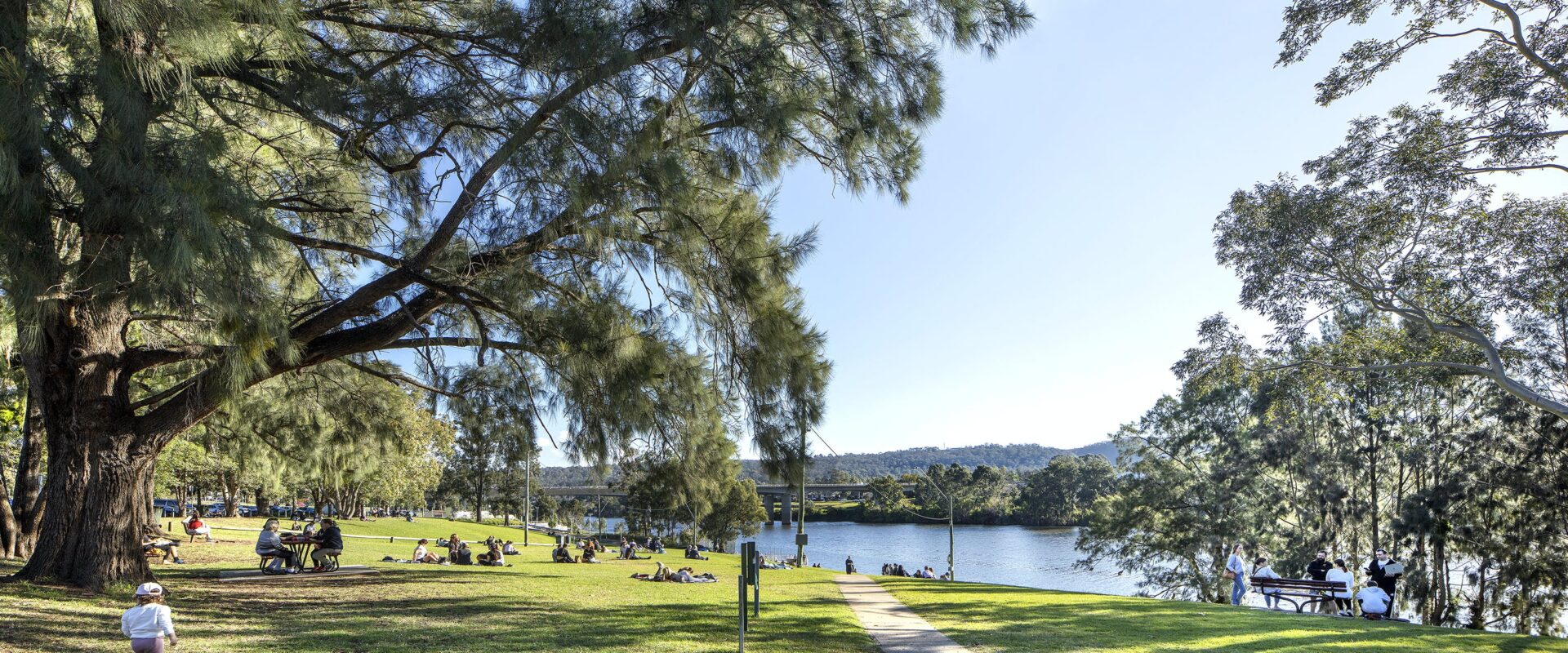
Macquarie Park, Windsor: Restoring Connection to the Hawkesbury River
In Windsor, the Hawkesbury River has historically been viewed as a backdrop—important, but often inaccessible. CONTEXT’s work at Macquarie Park with Windsor shifts that paradigm, re-establishing the river as an active, celebrated public asset.
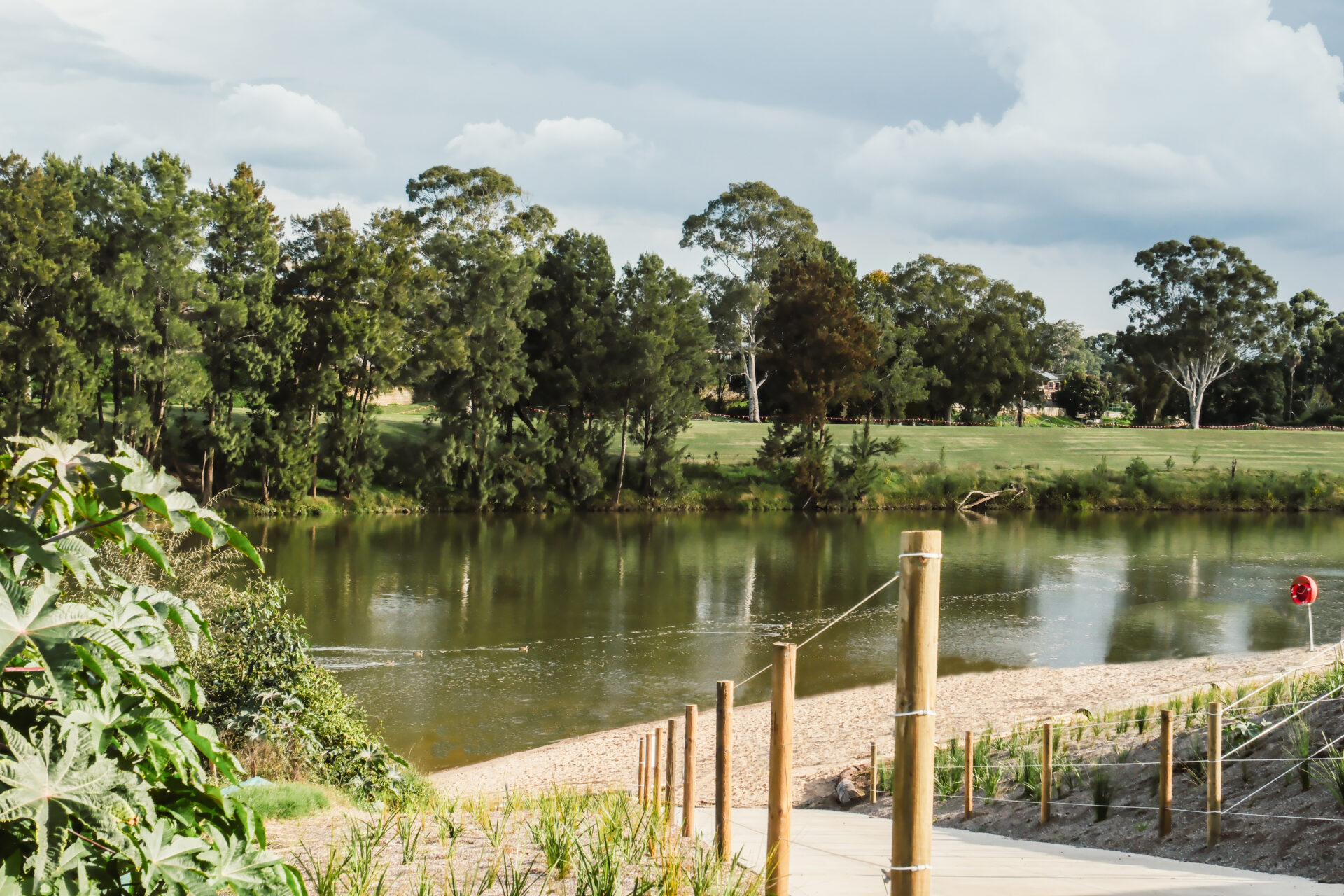
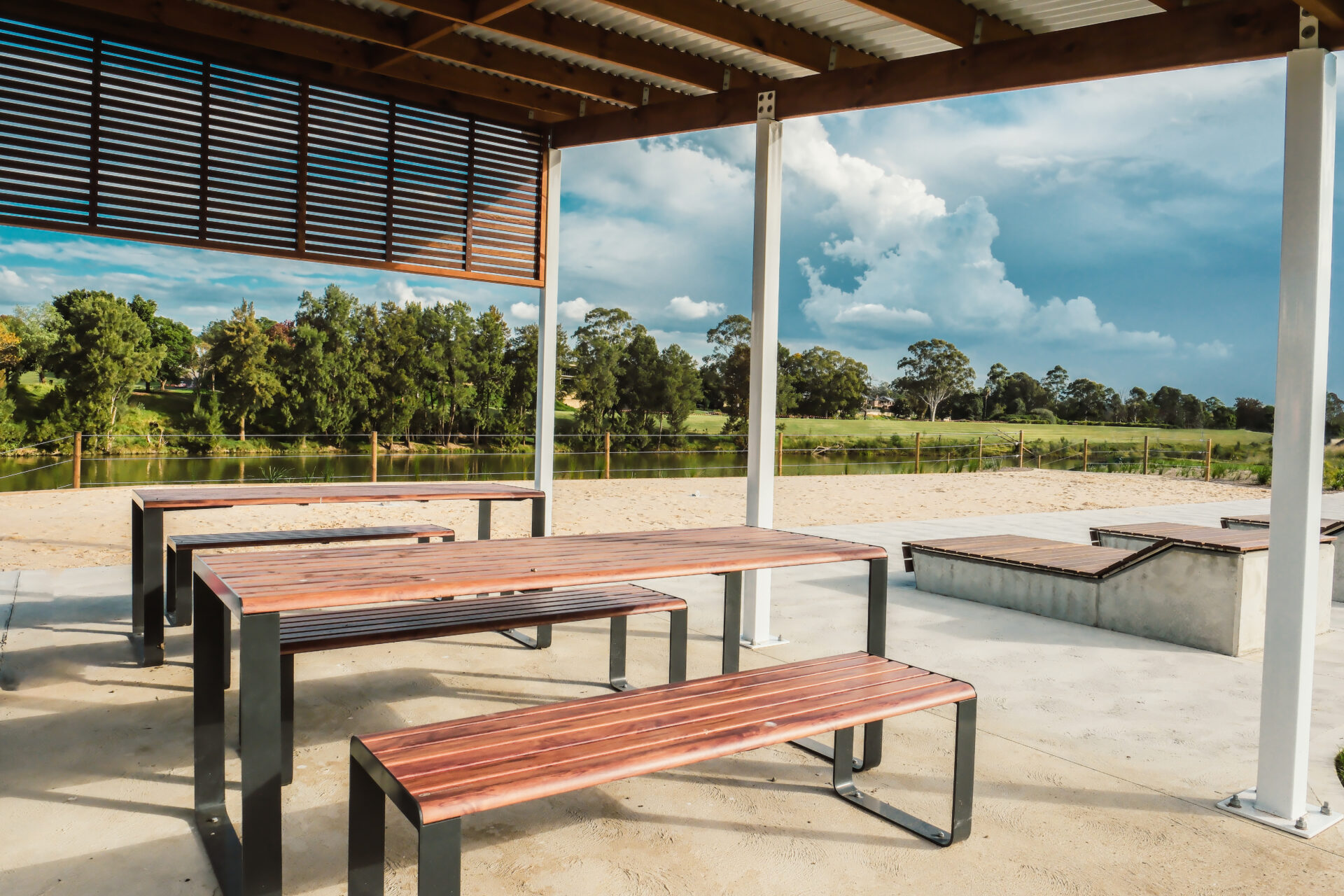
The project incorporates:
- Safe, designated water access points for swimming, paddling, and fishing
- Improved pedestrian links between the town centre and riverbank
- Flood-resilient infrastructure designed for long-term adaptability
- Sheltered gathering spaces to support informal recreation and community events
In doing so, the project reflects a broader ambition: to treat swimming not as a luxury, but as a public health and social equity issue.
Rewriting the Future of Swimming in Sydney
As cities face the dual pressures of climate extremes and population growth, the ability to design public spaces that embrace, rather than retreat from, water has never been more critical. In this evolving landscape, CONTEXT is at the forefront—shaping a new generation of places that reconnect communities with their local waterways through design that is equitable, inclusive, and deeply rooted in place.
Our team brings a unique capability: an understanding that designing with water is not just a technical challenge, but a cultural, environmental, and social opportunity. Whether shaping large-scale masterplans or working closely with communities on the ground, CONTEXT consistently transforms complex, often underutilised waterfronts into safe, cherished, and enduring public places.
Projects like Tench Reserve and Macquarie Park are more than upgrades—they are case studies in what’s possible when design leadership aligns with community needs, government vision, and environmental sensitivity. Whether it’s creating safe access points, integrating flood resilience, or celebrating Country through meaningful engagement with First Nations knowledge, our work is grounded in best practice but tailored to the nuance of place.
As momentum builds around public access to water, CONTEXT remains committed to shaping the conversation, championing design excellence and delivering meaningful impact through every project we undertake. We believe everyone, regardless of postcode, deserves a place to swim, connect, and belong.
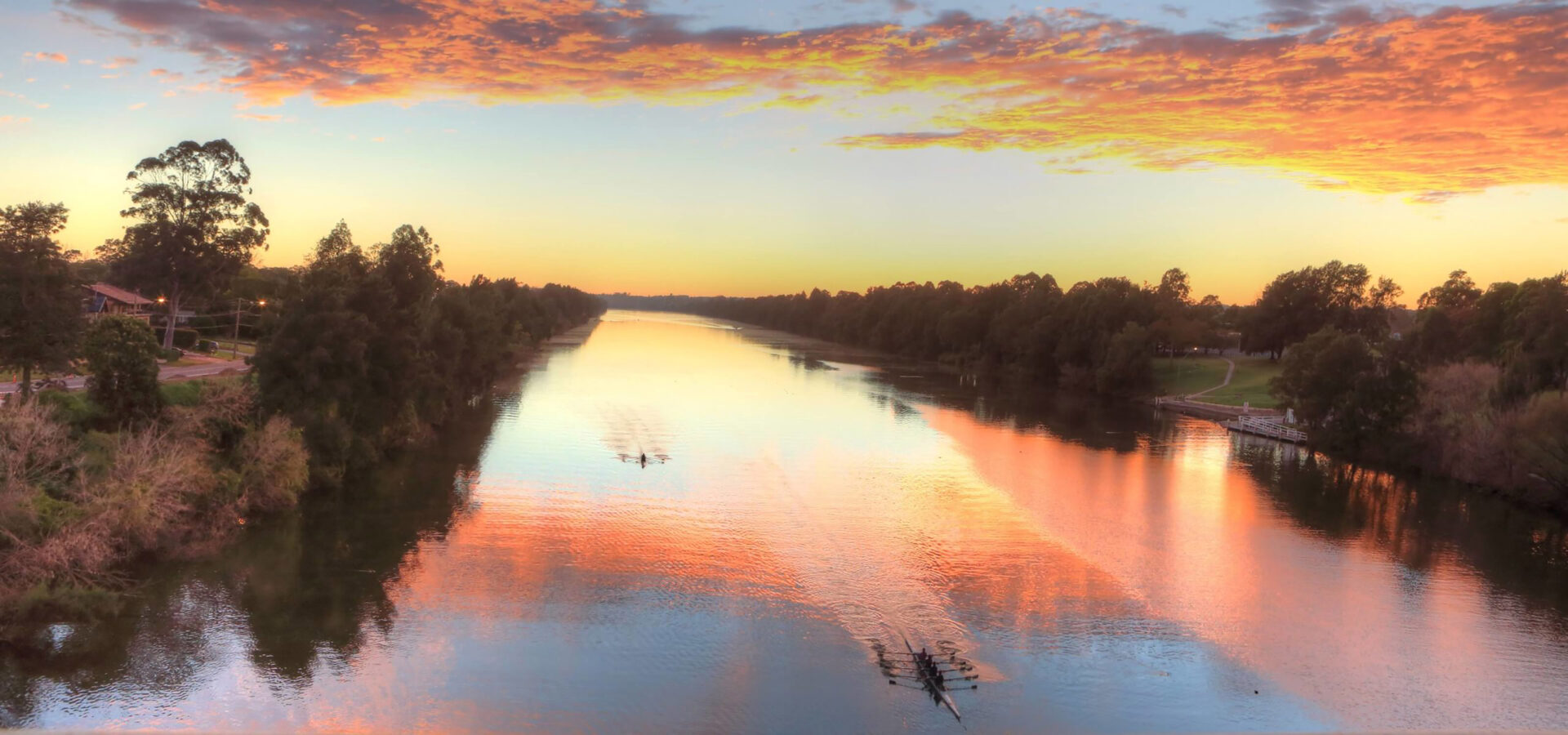
Photography: Brett Boardman + Penrith City Council + DPIE
Related Articles
Studio Address
Suite 3.01 | 79 Myrtle Street,
Chippendale, NSW 2008
context@context.net.au
+61 2 8244 8900
Philosophy
Creating places that shape people’s lives and leave a
lasting legacy for communities and the environment.
Office Address
Suite 3.01 | 79 Myrtle Street,
Chippendale, NSW 2008
context@context.net.au
+61 2 8244 8900
Opening Hours
Monday — Friday 9:00am – 5:30pm
Social
Philosophy
“We create enduring places for people to live in, experience
and enjoy.”
